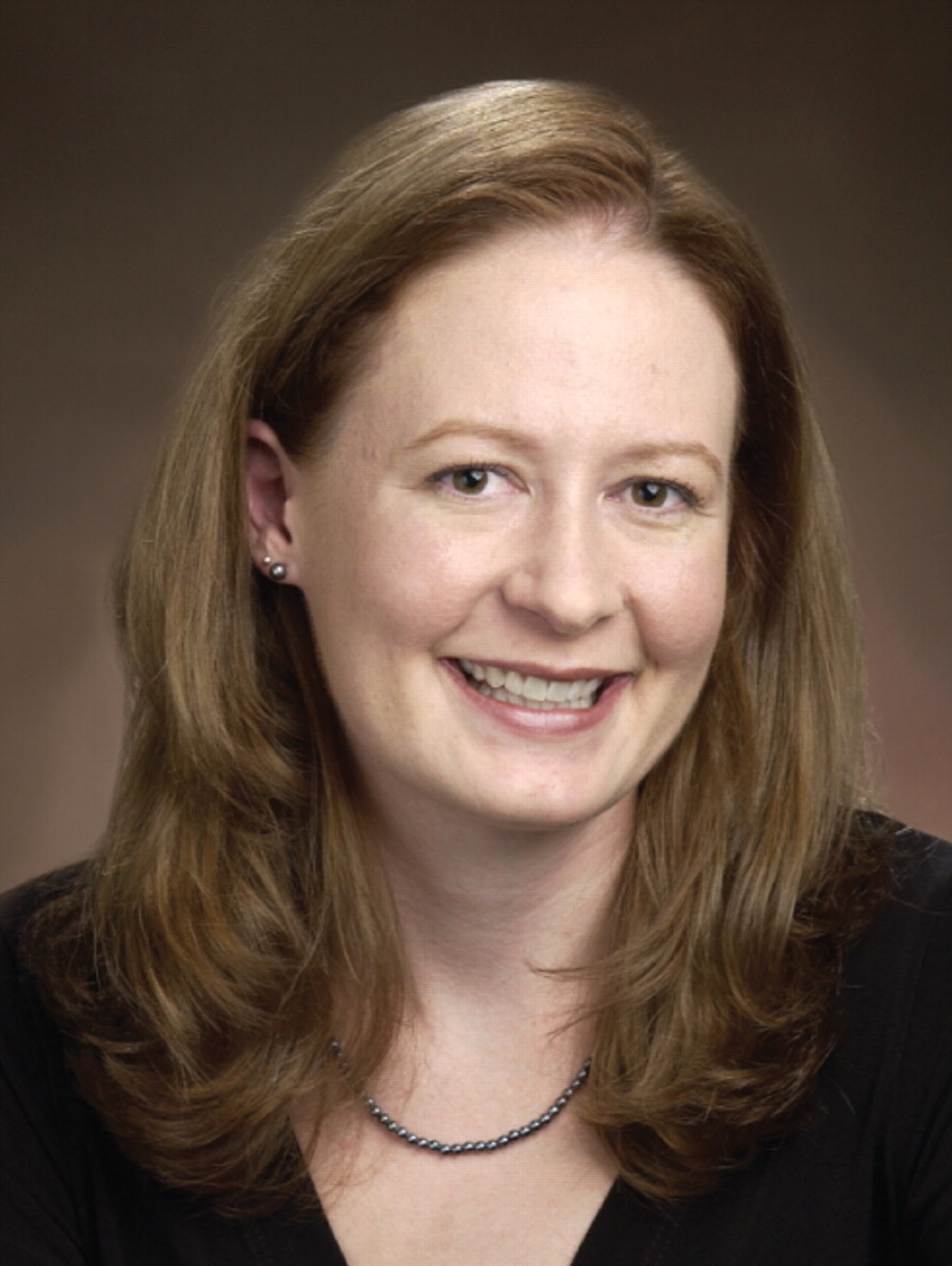Residents Need Community to Feel Connected

It's hard to explain in just a brief article what it's like to grow up in a town of just 700. First of all, other people know more about you than you know about yourself—you may even learn something new about yourself from the local newspaper. I graduated from high school in a class of 24 people. For fun we “cruised” Main Street—that is, we drove up and down the seven blocks and honked at people. As the nights got later, most people dispersed to parties, often out in the middle of milo fields. Sex was often involved, and the teen pregnancy rate was astronomical. My nights usually ended early as my dad was the town judge and a conservative Southern Baptist.
You're probably beginning to get the sense that I wasn't a big fan of small-town life, but that changed when I became a volunteer with the local ambulance service. For one thing, carrying a pager and getting to rush out in the middle of high school exams gave me instant “cool” status. I had been somewhat excluded from the community until I began to work in the health care field. My parents didn't grow up in little Eads, Colo., where I grew up, so I wasn't related to anybody, I wasn't good at sports, I was fairly dorky, and I was a little too smart. Much of that was forgiven when I started to work on the ambulance, and I began to appreciate the strong sense of community that existed there. Once I turned 18, I was hired as an EMT.
In Eads, I knew many of the people I treated. They were my classmates, my friends, teachers, and coworkers. I took care of my teacher's father in the nursing home. I calmed my high school classmates as I extricated them from mangled vehicles. I saw them naked and covered in blood. Then I saw them at school. I sat in class after caring for my teacher's daughter after a suicide attempt. Likewise my coworkers were not strangers. My fellow EMTs were my teachers, my pastor, or my piano students' parents. We supported each other, often just with an unspoken sense of shared experience and duty.
Of course, I treated many patients who were strangers as well, especially those involved in motor vehicle crashes. However, it seemed by the end of the day that they weren't strangers any more. We would pick them up from the road and calm them in the ambulance during the sometimes 40-minute ride to the hospital. We would stay with them in the emergency room (literally a room with one bed) for hours while we waited for a helicopter to fly them out. If they were stable enough for ground transport, we'd ride the two to three hours to Colorado Springs or Denver. If family members were killed, we'd bear their grief while we waited. Each patient left an indelible mark in my mind.
It's been both rewarding and difficult to translate these experiences into my medical training and current practice in “The City.” The structure of medical school hinders the formation of a sense of community. We are shuffled from rotation to rotation, team to team, and hospital to hospital. We see hundreds of patients in impersonal settings. Compared with the day-to-day interactions I had with my fellow EMTs in Eads, I'm fairly isolated in my present medical practice. I sit hour after hour with patients but only for one or two hours with supervisors. I talk with my fellow residents but only between classes on Wednesday morning.
The situations I confront daily as a psychiatrist are often just as difficult as the situations I dealt with as an EMT. I miss having ongoing communication with my colleagues. I suspect that if we could build an increased sense of community, it would help us remain less distanced from our patients' lives. In therapy, our own emotions are one of the most useful diagnostic clues to what the patient is experiencing. As it is, we may remain distanced and “uninvolved” to tolerate the difficult realities that we face daily with our patients. The stories we hear regularly of trauma and tragedy become normal to us. Among remedies that might help alleviate the lack of deeper interaction with colleagues is the resurrection of process groups in residency training. I also think it would be valuable to establish more opportunities for continuing interaction with colleagues after residency, as we build our practices and careers.
I suspect we'd be better physicians and therapists if we didn't attempt to bear our patients' often troubling stories alone—if we had more of a“ community” upon which we could rely, as was the case for so many of us who grew up in the small towns of this country. ▪



